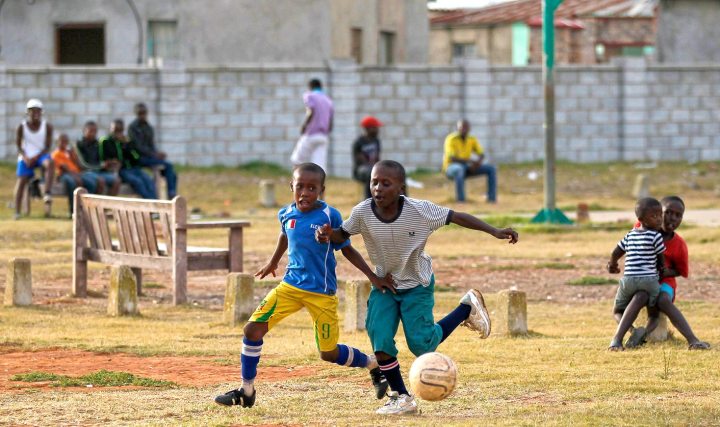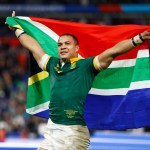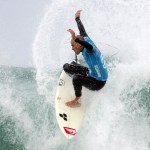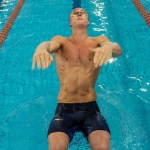Sport
Soccer: The mystery of SAFA’s developmental window-dressing

SAFA on Monday announced a R17-million odd “development project” which forms part of the 2010 FIFA World Cup Legacy Trust, which was given R450 million to spend on development after the global soccer showpiece concluded in South Africa almost three years ago. To date, only R100 million of that money has been spent, and there’s no word on where the rest of it is going. By ANT SIMS.
Development is, with reason, a buzzword in South African sports. The need to bridge the gap resulting from years of disenfranchisement is critical, and the South African Football Association (SAFA) this week took steps to make this a reality.
But there are still questions around why it’s so little, so late.
On Monday, in conjunction with the quaintly named 2010 FIFA World Cup Legacy Trust, SAFA launched a rather ambitious project – the SAFA Under 13 and Under 15 Boys and Girls League. This project will aim to identify talent in the pipeline, and take that talent and develop it further. The aim is for the leagues to start in all of the Association’s 311 Local Football Associations (LFA) in May this year, and teams will take part in regional competitions followed by provincial competitions in September 2013.
By December, the teams will take part in the National Competitions, and in the process, 1,000 boys and 1,000 girls who show any kinds of promise will be put through their paces at the high performance centres. The governing body has been given R17.05 million to roll out the project, which has come out of the R450 million given to the Trust by FIFA earlier in the year.
SAFA president, Kirsten Nematandani, believes that this is the first step South Africa needs to take in order to better its performances.
“This is the first phase in the implementation of our Technical Master Plan which is intended to enable us to reach our goal in the next decade of being consistently in the Top 3 in Africa and Top 20 in the World,” said Nematandani.
“A decade is both a long time and a very short time as well. The FIFA World Cup tournament to be held in Qatar in 2022 is just under 10 years away, and if our plan is to find success, it must be seen there if not before.”
Dr Danny Jordaan, the Chairperson of the 2010 FIFA World Cup Legacy Trust, stated that this was the project in which the Trust invested the most funds during the first round of allocations.
“The Board of Trustees was excited to note that SAFA prioritised the U-13 and U-15 leagues for girls and boys as a key element of the Technical Master Plan that was unveiled a few weeks ago. The Board was unanimous in their view that this focus [would] provide a solid foundation for meaningful development and transformation of the game, thus the lion’s share of the distribution of funds in this first allocation was directed to this initiative,” said Dr Jordaan.
“The Board of Trustees wanted to see a programme that [would] make an impact on the development of football and that will see the national teams improve their standing on the continent and in the world in the next 10 years. This is therefore the start of a tough, but exciting journey for South African football, but the Trust will be there to support SAFA every step of the way.”
On the surface, the plan sounds like a great idea and a wonderful opportunity for youngsters to get spotted and develop their talent. However, SAFA needs to remember that spotting talent goes much further than finding a kid who can kick a ball quite well. The governing body needs to ensure that those kids – and their families – are adequately supported as they rise through the ranks. If the League actually rolls out as planned, it will be a massive opportunity for a number of children, but in order to do that, the funding from the Trust needs to be used properly – and with the mess SAFA so often finds itself in, it’s hard to be optimistic about such a project, especially considering it’s taken them three years to set the ball rolling.
It’s not the first project rolled out by the ‘Legacy Trust’, though. Earlier this year, Jordaan approved a total of R56 million to be distributed to 973 different beneficiaries after FIFA transferred R450 million into the Trust accounts.
The approved list included 24 projects which focus on basic and higher education studies to help build the capacity of current and football administrators. What exactly these studies entail wasn’t made clear.
There were development projects, too, with 33 of these receiving funding of R6.5 million – including projects focusing on education and health, plusa project to train health professionals in medical assistance on and off the field by the Wits University.
Women’s football, futsal and beach soccer also got a chunk of the cash, amounting to R49 million, while the odd R10,000 was also distributed here and there. SAFA regions were given just under R8 million – R150,000 to each of the 53 SAFA Regions for office equipment, training of coaches, referees and administrators and a grant for administration.
R6 million is to be spent on ‘Legacy Bags’, which will be distributed to SAFA Regions, LFAs, Clubs and schools – with the contents of the bags being training equipment valued at R7,500 per bag. Up to 800 bags are set to be distributed.
When their finances are laid out in pretty PDFs it all looks good on paper, but once the sums are done, the picture doesn’t look so brightly coloured. The R450 million already generated R31 million in interest earlier this year and to date, just over R100 million of the total has been spent.
There’s been no mention of how these funds, including the interest, will be distributed or used to “maintain the legacy of 2010” and if the current state of the pitches at the World Cup stadiums are anything to go by, it certainly isn’t going towards maintaining anything.
Some of the money, according to an expose in the Sunday Times, was dipped into to pay SAFA’s bills, while more of it has been splurged on buying new luxury vehicles. Dennis Mumble, the CEO of the governing body, admitting that R8 million of the World Cup cash had been used to buy Mercedes-Benz models for SAFA’s executives in 2011 – even though this was not budgeted for.
SAFA has also been mum on who is actually in charge of the projects they are so wildly allocating.
The latest window dressing from the sport’s governing body tugs on the heart strings of those who believe that football development should start at grass roots, but SAFA’s sheer disregard for following protocol can no longer be ignored. DM
Photo: Young boys play soccer at a township in Port Elizabeth January 30, 2013. REUTERS/Siphiwe Sibeko



















 Become an Insider
Become an Insider